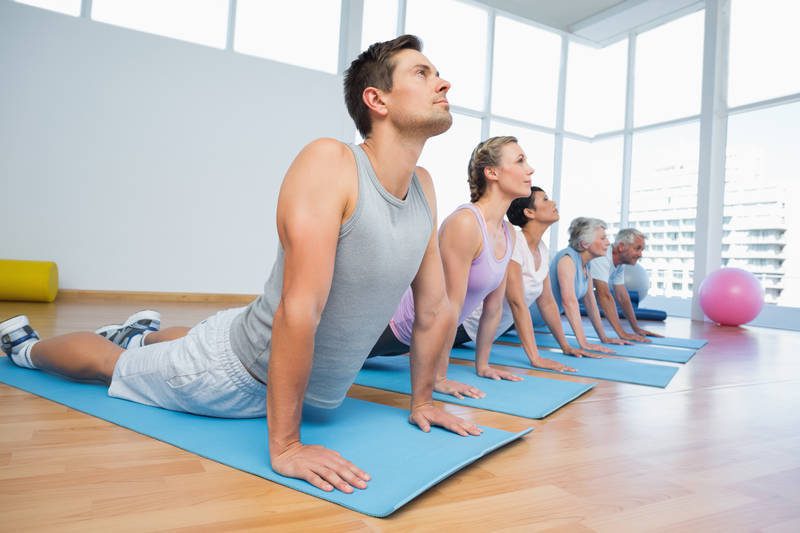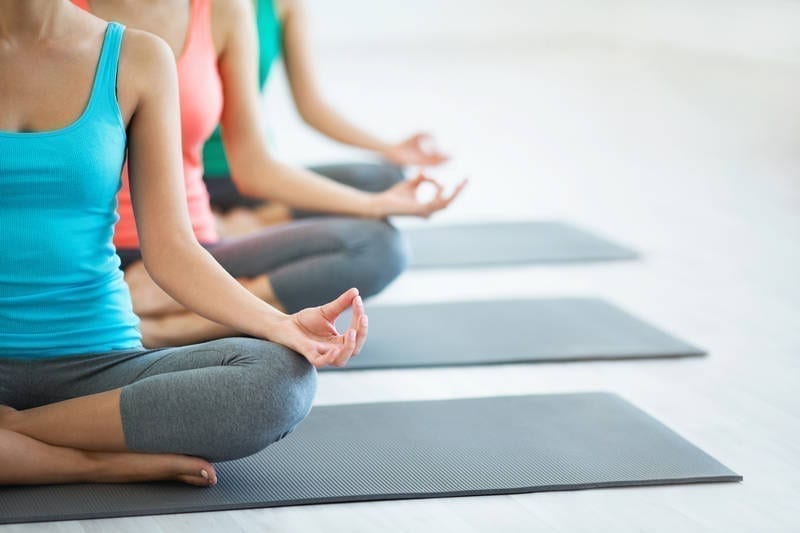At One WIth the Universe
Yoga the Human Solution to a Heavenly Problem
Telling stories is one of the best ways to teach, persuade and even understand ourselves.
When I started my yoga practice, my teacher back then told us a beautiful story that remains in my memory.
It describes the challenges that Lord Shiva, one of the most complex and powerful Hindu deities, was having one day in the Himalayan mountains. He found it difficult keeping his body still and remaining tranquil in meditation. A few days passed and he was still not successful. He wondered to himself, if this was so challenging for a supreme god, then how would humans be able to attain the necessary stillness?
So it came to him the solution, which he called yoga — a discipline that entails much more than just body postures, but that also helps prepare the body and mind for meditation.
Showing the way
I am not sure if this is the original version of the ancient story, but what matters is the main message. Yoga was given to us as a way or a path to attain liberation through the connectedness of body, mind and senses.
Yoga is essentially a spiritual discipline. It leads to the union of individual and universal consciousness, ultimately a perfect harmony between the mind and body, human and nature.
The science of yoga originated thousands of years ago, long before the birth of religions or belief systems we may be more familiar with.
For many, the practice of yoga is restricted to hatha yoga and asanas (postures). However, hatha yoga is a preparatory process. It enables the body to sustain higher levels of energy for harmonizing oneself with the universe.
A widely cited, but unattributed, definition of yoga is “the technology of aligning individual geometry with the cosmic, to achieve the highest level of perception and harmony.”
The importance of concurring that yoga works on the level of body, mind, emotion and energy has given rise to four broad classifications associated with each:
- karma yoga — body
- bhakti yoga — emotions
- gyana yoga — mind and intellect
- kriya yoga — energy
Most systems of yoga fall into one or more of these categories. Those practiced in the Western World offer a wide range of options depending on individual preferences and what suits us best. Here is a brief overview.
1. Hatha yoga
Hatha is used for all physical postures of yoga. In the West, it simply refers to all the yoga styles that are grounded in a physical practice, which is most popular in Western countries.
However, there are other branches of yoga such as kriya, raja, and karma that are separate from the physical-based yoga practice..
2. Iyengar yoga
Iyengar yoga was founded by B.K.S. Iyengar. It focuses on alignment as well as detailed and precise movements.
3. Kundalini yoga
This yoga style is all about releasing the kundalini energy in your body, said to be coiled in the lower spine.
These yoga classes really work on your core and breathing with fast-moving, invigorating postures and breath exercises.
4. Ashtanga yoga
In Mysore, India, people gather to practice this form of yoga together at their own pace. If you see Mysore-led ashtanga, you are expected to know the series.
5. Vinyasa yoga
Vinyasa was adapted from ashtanga yoga in the 1980s. In vinyasa classes, the movement is coordinated with your breath to flow from one pose to another.
6. Bikram yoga
Named after Bikram Choudhury, this yoga practice features a sequence of set poses in a room typically set to 105 degrees and 40% humidity.
7. Yin yoga
Yin is a slow-paced style of yoga with postures held for longer periods of time. Classes are relaxed, as you’re supposed to let gravity do most of the work.
8. Restorative yoga
This yoga style focuses on body relaxation, while also helping to cleanse and free your mind.
Many props are used such as blankets, bolsters and eye pillows. Their placement for comfort enables you to sink deeper into relaxation.
9. Prenatal yoga
These types of exercises for expectant moms focus on working the pelvic area, as well as breathing and bonding with the growing baby. Prenatal yoga also helps prepare for labor and delivery.
10. Anusara yoga
Anusara yoga focuses on alignment, but with more attention to the mind-body-heart connection. It was founded by John Friend, who created a unique system called the Universal Principles of Alignment. Spirals are a key element of ansusara in relation to how each body part should be moving. It is also known for its emphasis on heart opening.
11. Jivamukti yoga
Jivamukti was founded in 1984 by Sharon Gannon and David Life. It consists mainly of vinyasa-flow-style classes infused with Hindu spiritual teachings. At its core, this style emphasizes connection to the earth as a living being. Most Jivamukti devotees follow a vegetarian philosophy.





